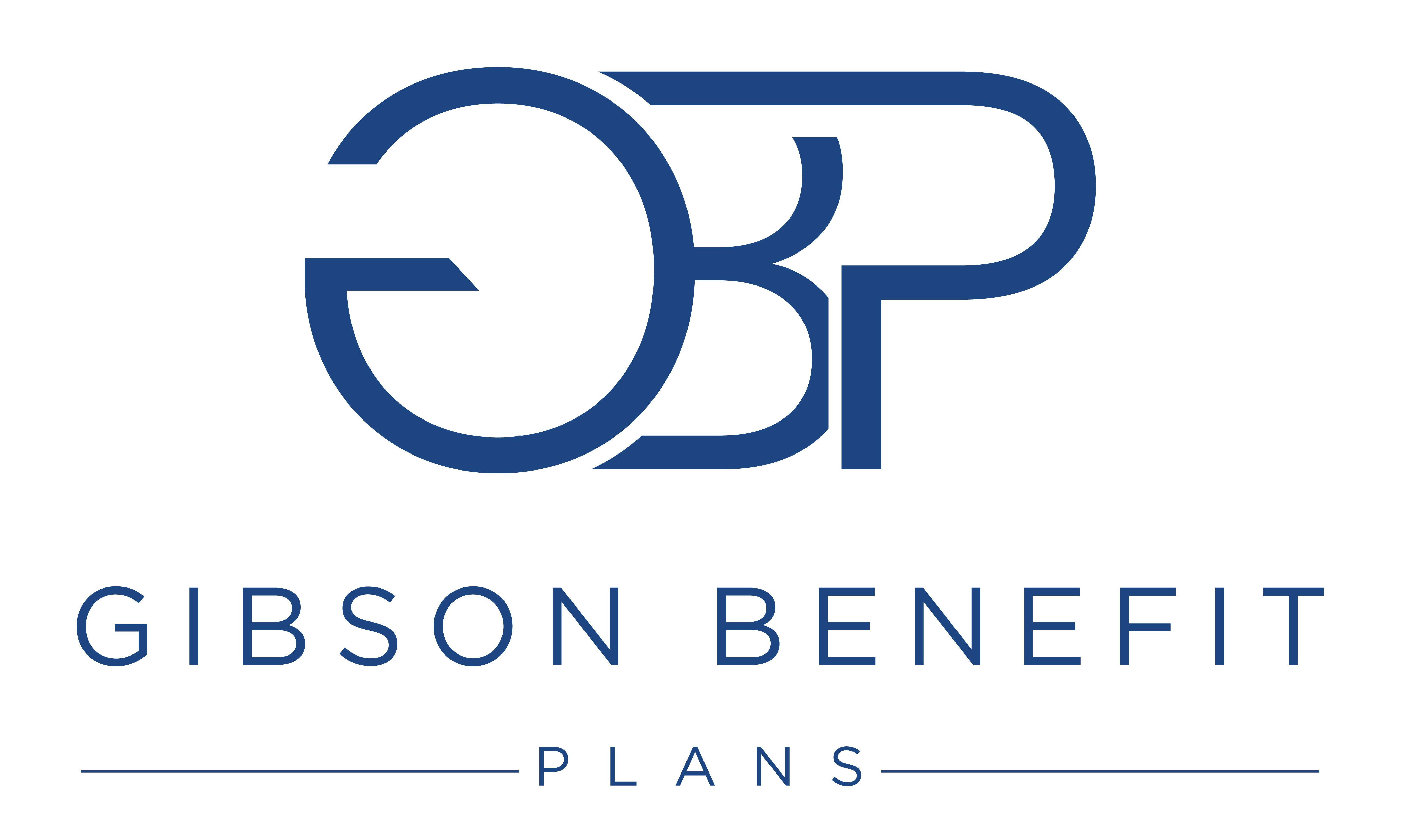
High Coverage Life Insurance

High coverage life insurance typically refers to a life insurance policy that provides a substantial death benefit or coverage amount. The purpose of life insurance is to provide financial protection for your loved ones in the event of your death. The death benefit from a life insurance policy can be used to cover various expenses, such as funeral costs, outstanding debts, mortgage payments, and other financial obligations.
Here are some key points to consider when thinking about high coverage life insurance:
- Death Benefit: The death benefit is the amount of money paid out to the beneficiaries upon the death of the insured. High coverage life insurance policies offer a larger death benefit compared to standard or lower coverage policies.
- Premiums: The premium is the amount you pay for the life insurance policy. High coverage policies typically have higher premiums compared to lower coverage policies. It's essential to assess your budget and ensure that you can comfortably afford the premiums over the life of the policy.
- Purpose: Consider the purpose of the life insurance coverage. If you have dependents, such as a spouse, children, or other family members who rely on your income, a high coverage policy may be necessary to ensure their financial well-being in the event of your death.
- Financial Planning: High coverage life insurance is often part of a comprehensive financial plan. It can provide a financial safety net and help maintain your family's standard of living after you're gone. Evaluate your overall financial situation and determine how life insurance fits into your broader financial strategy.
- Health and Age: Your health and age can influence the cost of life insurance. Generally, the younger and healthier you are when you purchase a policy, the lower your premiums may be. It's advisable to secure life insurance coverage when you're young and healthy to lock in lower rates.
- Policy Types: There are different types of life insurance policies, including term life and permanent life insurance. Term life insurance provides coverage for a specific term (e.g., 10, 20, or 30 years), while permanent life insurance, such as whole life or universal life, provides coverage for the entire lifetime of the insured. High coverage can be obtained with both term and permanent policies.
Before purchasing high coverage life insurance, it's important to thoroughly research your options, compare quotes from different insurance providers, and consult with a financial advisor to ensure that the chosen policy aligns with your financial goals and needs. Additionally, regularly review your life insurance coverage to make adjustments as your financial situation changes over time.
Send a Message
Don't let uncertainty and confusion get in the way of protecting what matters most to you. Reach out to us now, and let's find the perfect insurance plan tailored to your unique needs.
Your peace of mind is just a click away. Let's start this journey together!
Get in Touch
Call us
(816) 277-9553Contact us
[email protected]